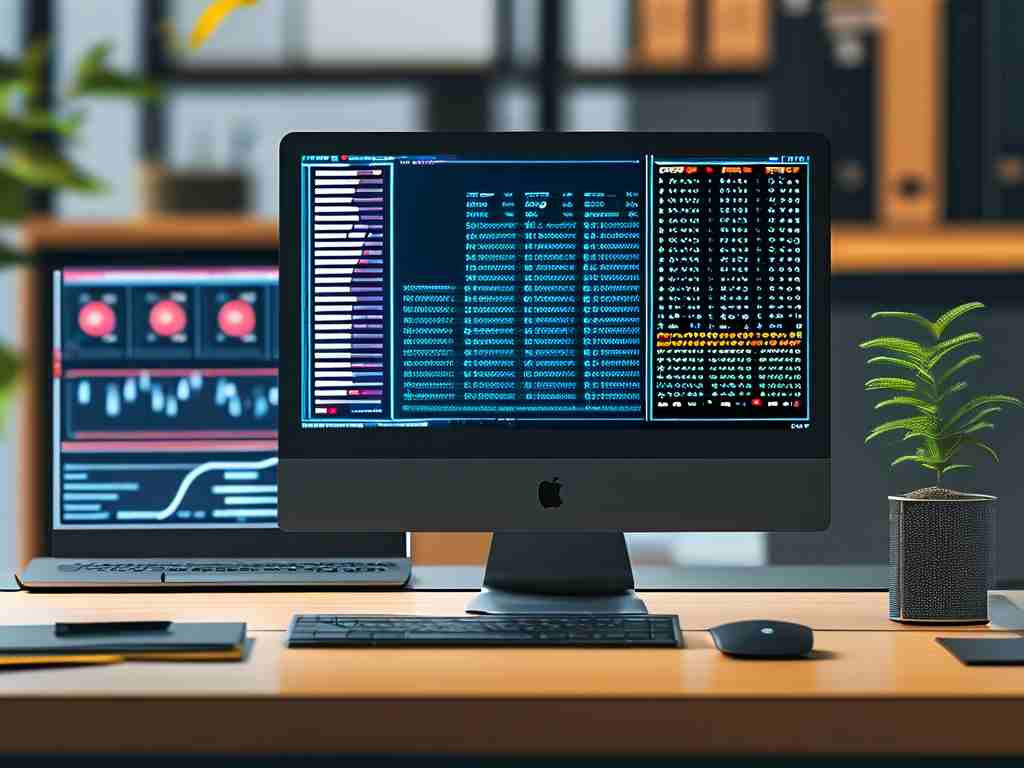In today's digitally driven world, understanding and managing memory requirements has become essential for both personal and professional computing. Whether you're streaming content, multitasking between applications, or running complex software, calculating daily memory needs ensures optimal device performance. This article explores practical strategies to determine memory requirements, adapt to evolving workloads, and maintain system efficiency.

The Role of Memory in Daily Computing
Random Access Memory (RAM) serves as the short-term workspace for active tasks. From opening browser tabs to editing documents, every operation consumes memory. For example, modern web browsers like Chrome often use 2–4 GB of RAM with multiple tabs open, while creative tools like Adobe Photoshop may require 8 GB or more. Insufficient memory leads to lag, crashes, and reduced productivity, making accurate calculation of daily needs critical.
Calculating Memory Requirements
To estimate daily memory usage, start by auditing your routine tasks:
- Basic Activities: Email clients, word processors, and light web browsing typically need 4–8 GB of RAM.
- Intermediate Workloads: Video conferencing, spreadsheet analysis, and graphic design tools often demand 8–16 GB.
- Advanced Usage: 3D rendering, machine learning, or gaming may require 32 GB or higher.
Consider these variables:
- Operating System Overhead: Windows 11 or macOS Ventura alone uses 2–3 GB.
- Background Processes: Antivirus software, cloud sync tools, and system updates consume additional resources.
- Future-Proofing: Allocate 20–30% extra memory to accommodate software updates or new applications.
Case Study: Balancing Work and Leisure
Imagine a remote worker who edits videos (DaVinci Resolve: 16 GB), attends Zoom meetings (2 GB), and streams music (1 GB). Their total baseline requirement is ~19 GB. Adding a 25% buffer for unexpected tasks brings the ideal RAM to 24 GB. A 32 GB system would provide headroom for seamless multitasking.
Optimizing Memory Usage
Even with adequate RAM, inefficient habits can strain resources:
- Close Unused Apps: Background applications like Slack or Discord quietly eat up memory.
- Browser Extensions: Ad blockers and password managers add incremental load—disable inactive ones.
- Virtual Memory Settings: Adjusting pagefile.sys on Windows or swapfile on macOS can mitigate low-RAM scenarios.
For developers, tools like Valgrind (Linux) or Instruments (macOS) help identify memory leaks in code:
# Example: Monitoring memory usage in Python
import tracemalloc
tracemalloc.start()
# Your code here
snapshot = tracemalloc.take_snapshot()
top_stats = snapshot.statistics('lineno')
for stat in top_stats[:5]:
print(stat)
The Impact of Cloud and Edge Computing
Cloud-based solutions like AWS Lambda or Azure Functions offload local memory demands by executing tasks remotely. Similarly, edge devices process data closer to the source (e.g., smart home hubs), reducing dependency on central systems. These trends are reshaping how we approach memory allocation in daily workflows.
Future Trends in Memory Technology
Emerging technologies promise to revolutionize memory management:
- DDR5 RAM: Offers double the bandwidth of DDR4, enhancing multitasking capabilities.
- CXL Interconnects: Enable CPUs and GPUs to share memory pools efficiently.
- AI-Driven Allocation: Predictive algorithms may soon auto-adjust memory distribution based on usage patterns.
In , calculating daily memory requirements isn’t just about buying more RAM—it’s a blend of understanding your workflow, optimizing existing resources, and staying informed about technological advancements. By adopting these practices, users can avoid performance bottlenecks and ensure their devices keep pace with evolving digital demands.









